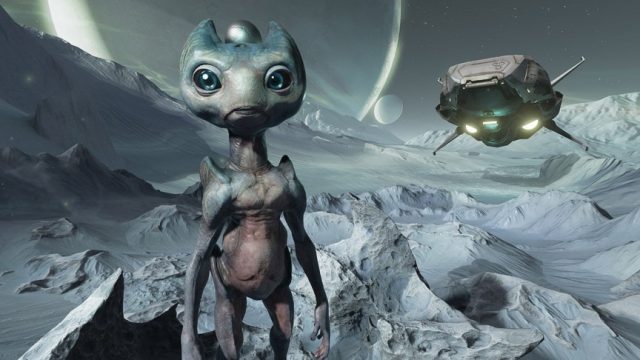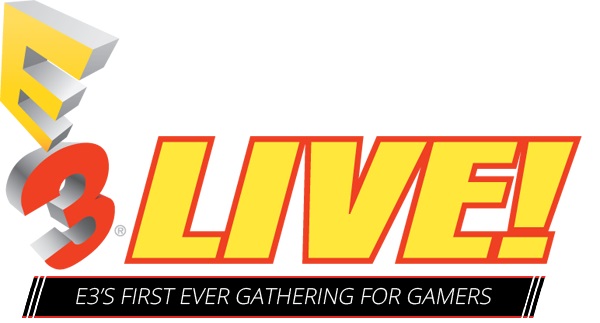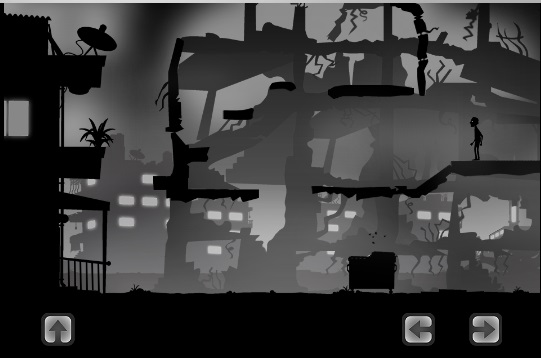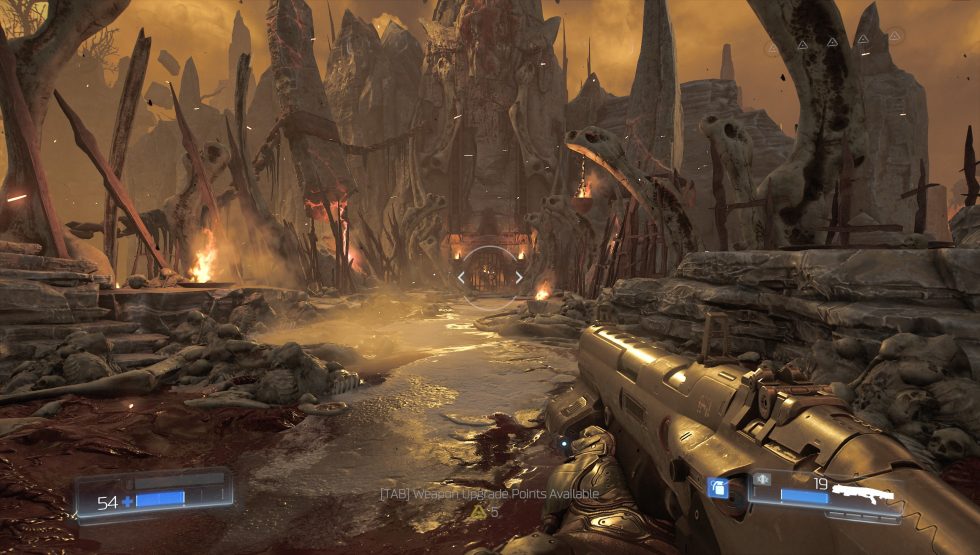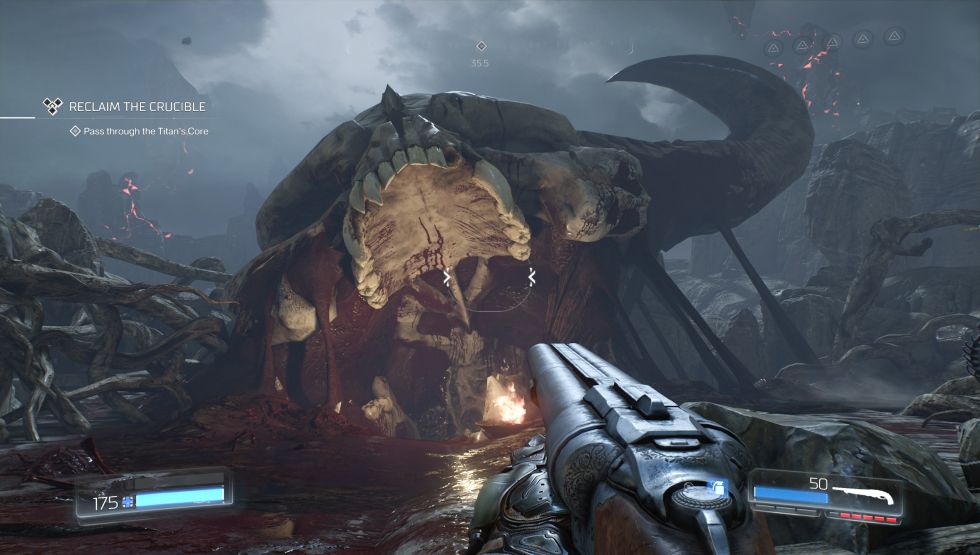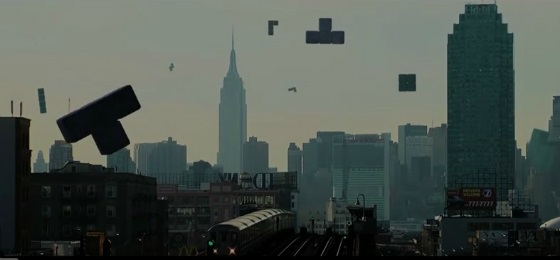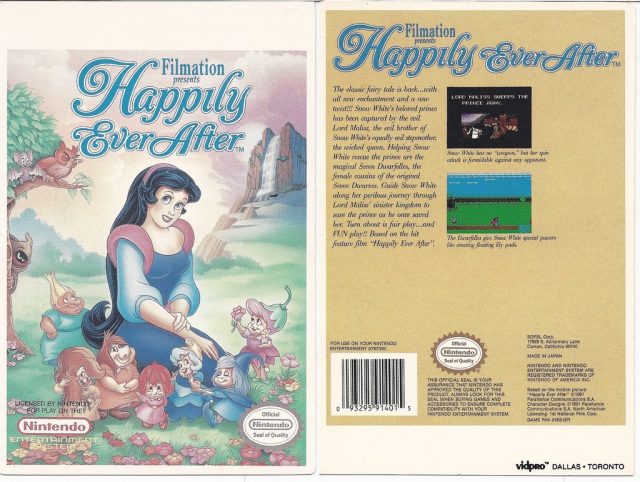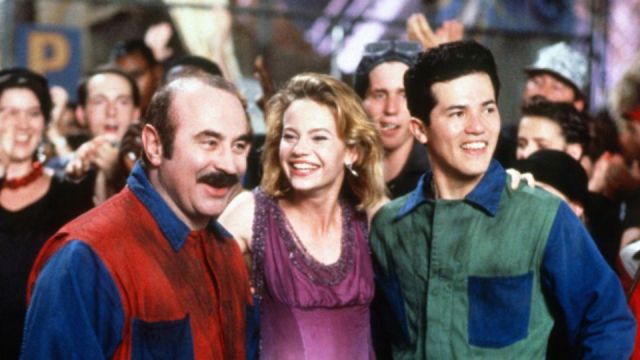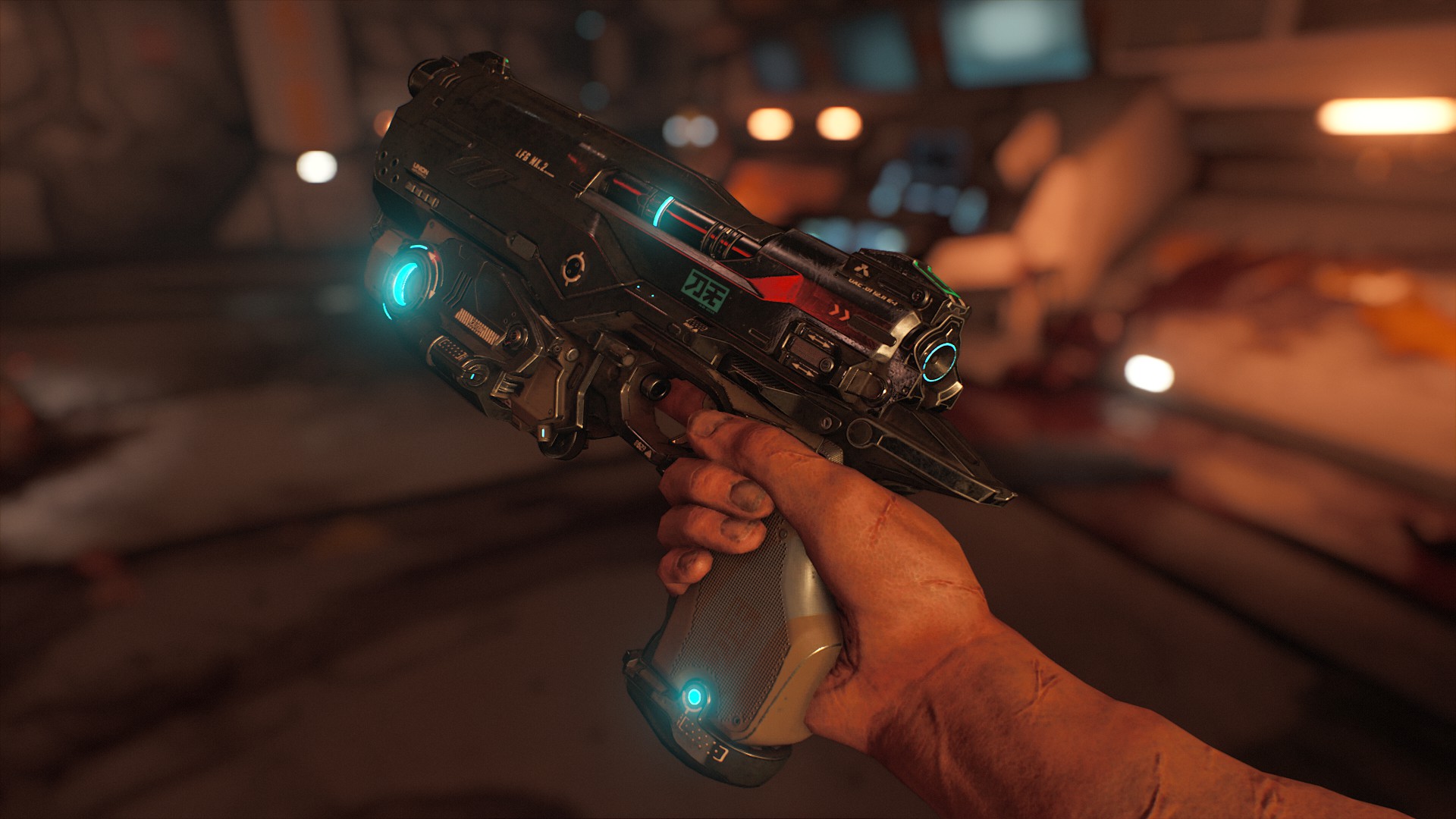Publisher will issue permanent bans for first cheating offense, “full stop.”
With a successful open beta that attracted over 9.7 million players now out of the way, Blizzard is gearing up for the community management challenge of officially launching Overwatch later this month. As far as limiting the role of cheaters in the online shooter goes, Blizzard is setting up a simple rule: one strike and you're out!
"If a player is found to be cheating—or using hacks, bots, or third-party software that provides any sort of unfair advantage—that player will be permanently banned from the game. Full stop." Blizzard Community Stephanie Johnson writes on the game's forums. "Not only does cheating undermine the spirit of fair play that all of our products are based on, but it works to diminish the fun and enjoyment of others.
"While we are unlikely to publicly acknowledge when accounts are closed as a result of cheating or using unauthorized programs, we have and will continue to monitor Overwatch for exploitative behavior, as well as take action as needed to preserve the integrity of game," the forum post continues.
This isn't exactly a new policy for Blizzard. The publisher started coming down hard on cheaters in Diablo III a few months after its 2012 launch, just before rolling out the game's real-money auction house. And for years, World of Warcraft has routinely rolled out massive banhammer waves encompassing tens of thousands of accounts suspected of cheating and bot use (though Blizzard also gives out temporary suspensions for some WoW offenses, lasting anywhere from 72 hours to six months).
Still, instant permabans are a stronger position than many publishers take for their popular online shooters these days. Destiny often gives first-time offenders temporary "restrictions" that can last a few weeks. Call of Duty gives players temporary bans for their first two offenses. And Rockstar famously put those found cheating at Max Payne 3 into a "Cheaters Pool" where they could only play against others using unfair exploits.
Ubisoft's The Division and Rainbow Six: Siege also issue temporary suspensions for a first offense, a bit of laxity some players say is being exploited. "The message is out," a player writes on the Division forums. "Cheat all you want, it will take forever to catch you apparently, and you get to keep all the exp/money/items you gained and then after a three-day suspension you get to laugh, come back in, and reap your reward. Then just don't cheat anymore."
Blizzard's instant permaban policy does of course come with the possibility of players being harshly punished for "false positives" when they didn't actually cheat. Many Linux Diablo III players complained that the game's anti-cheat system was unfairly banning them for using WINE to simply play the game (Blizzard denied those accusations). In any case, Blizzard does have an appeal process for banned players to protest their innocence.
And Blizzard stresses that it will always manually verify reported instances of cheating that are based solely on "video evidence from killcams, Plays of the Game, Highlights, and other community captured footage." While the company urges Overwatch players to report suspected cheaters to hacks@blizzard.com, it reminds players that not everything that looks like cheating necessarily is. "Some players are just really good at first-person shooters," Johnson writes. "Through practice and years of experience, these players’ movements and reaction times can occasionally appear unnatural (if not physically impossible) to those who may not have been exposed to that particular level of play before."
